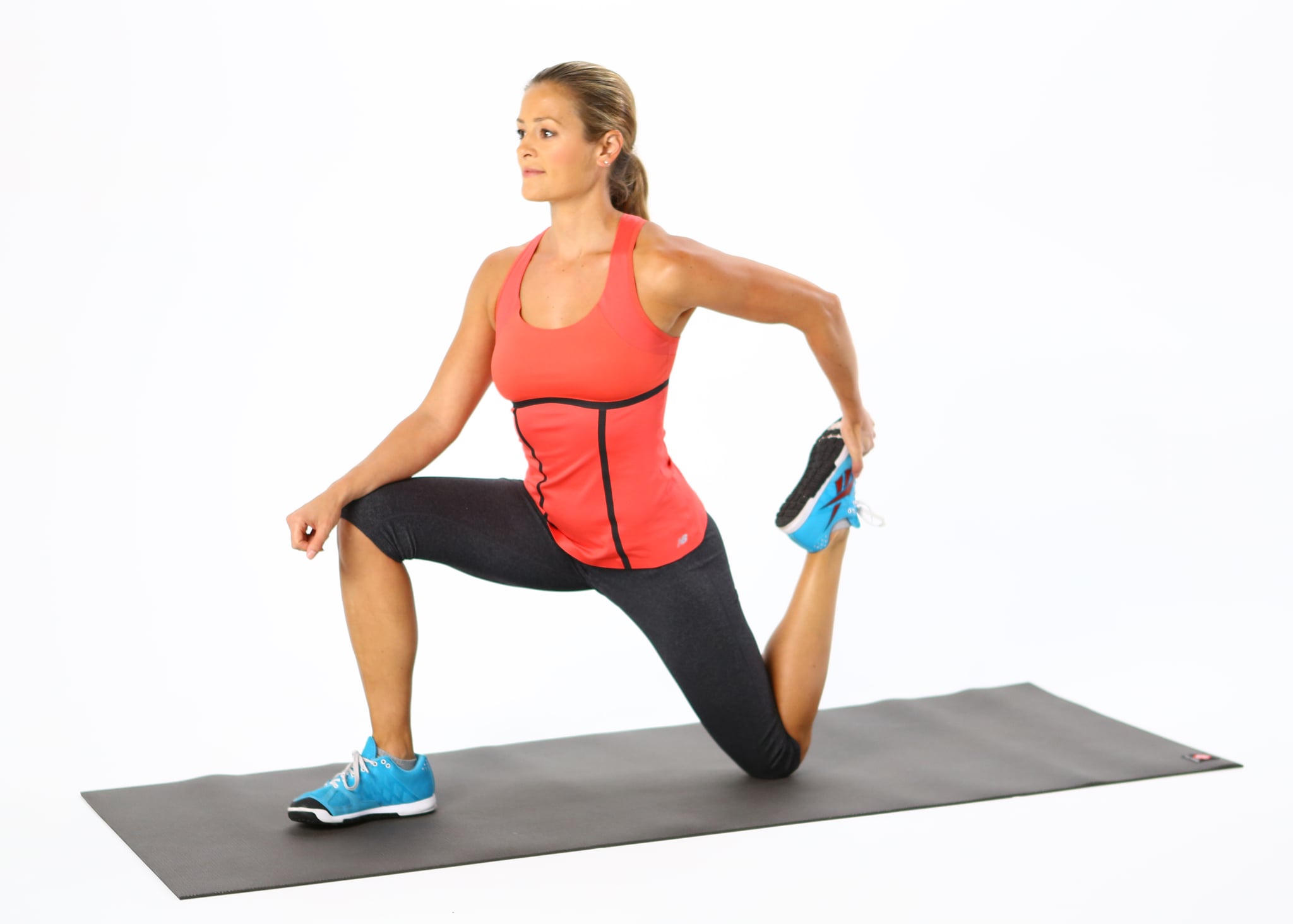Home
Why do we face hip flexor problems?
Hardly any other muscle in our body is so neglected and leads to so many problems at the same time. Should I now stretch the hip flexors? Should you train him specifically, or do you even leave him alone? As almost always, there are a lot of different opinions on this topic.

Many people have a shortened hip flexor without knowing it. It is the increasing sedentary activity that favors shortening. This is logical as stated on this website, because the iliopsoas muscle, as it is technically correct, is an approximately 4 cm thick muscle, which consists of the large lumbar muscle and the ilium muscle. It is one of the most critical muscles in the human body. The primary function is the flexion of the hips and, of course, the extension. If the hip flexor is shortened, it is, therefore, more challenging to stand up correctly.
In people with sedentary work, the hips are bent for a long period of the day, and as a result, the muscle tends to adapt and shorten to this permanent posture.
Another group is athletes who put enormous strain on the hip flexor and thus sooner or later overload it. This is very common with runners and soccer players.
How are the problems noticed?
If pain is already present, the hip flexor should always be considered. Unfortunately, this is not necessarily the norm. Again and again, there are reports of patients who have been to physiotherapists and sports doctors without suspicion of the hip flexor. The ISG joint is then doctored, physiotherapy and massages are prescribed. It is taped, injected, and if everything has not helped, it is called "unspecific pain," at worst, the patients are even put in the "psychological corner."
Of course, the hip flexor is not always to blame, but in many cases stretching and strengthening the lumbar ilium, the muscle could help.
It is just as problematic for people who do not feel any pain and problems yet. Nevertheless, the hip flexor can often no longer perform its full function. It is advisable to recognize the issue in good time and prevent it, the sooner it will cause pain.
How can it be tested?
It is relatively easy to find out whether there are problems with the hip flexor. There are a lot of exercises in which you can immediately see that the hip flexor is not doing all of its work. Most of the time, those affected cannot perform these exercises at all, or at least not painlessly.
If you want to test your hip flexor, you can, of course, do it yourself at your own risk with one of the many freely available exercises on YouTube. However, we advise you to entrust it to a trainer or physiotherapist.